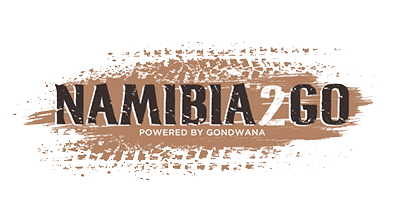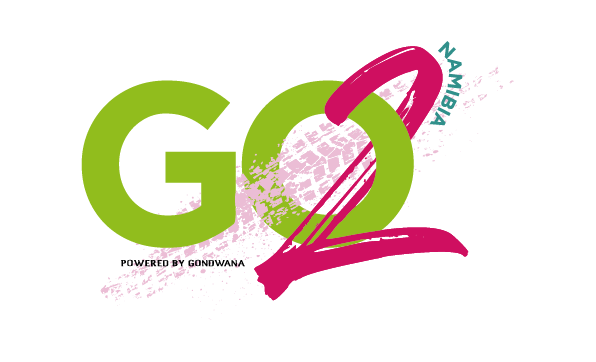Earlier in the year we had the pleasure of exploring the South with a camera in hand and a pen and paper in reach. Last month we had the opportunity to continue meeting Namibia’s colourful people, this time in the East.
We had three days set aside and made our way from Windhoek with plans to overnight in the Omaheke (the Otjiherero word for Sandveld) bordering Botswana. The first place that drew our attention was Omitara, an old settlement on a railway siding of which little now remains.


We walked through the long grass and photographed the remnants of the once bustling railway settlement. Further east, we visited Sylvia Maritz (née Abbott) and her son, Johan, who had lived in Omitara in its heyday before roads and motor vehicles made the place redundant. Sylvia ran the shop with her husband for twelve years before moving back to the family farm.

Then we gulped down the kilometres as we approached Gobabis and ‘Cattle Country’, as the large statue of a Brahman bull on a street corner reminded us. It wasn’t the cattle that got our attention, however, but rather the many churches that have been erected over the years. At sunset we made sure that we stopped to capture the deep magenta sun (with the ubiquitous windmill) on our way to find our home for the night.

Bright and early the next morning, we visited the Gobabis suburb of Epako and stopped by the St. Hilkia Apostolic Healing church where we met Sylvia Hevita and Paster Uakondja Murangi, who told us how the small church drew people for the laying of hands and the prayers that are said in both Otjiherero and English. The pastor was happy to don his robe and pose, holding his well-read bible.

When we met Magreath Namse of San descent doing her weekly washing, we asked her if we could photograph the ‘Saamstap’ (Walking together) and ‘Universal’ churches we had seen along the way. “God is for everyone,” she aptly replied.

The day was ‘vreeslik (or verskriklik) warm’ and people sat talking on their stoeps or in the shade of the prosopis trees. Dust devils blew across the sandy streets, scattering leaves and sand helter-skelter.
We passed houses embellished with artistic flourishes, decorated with murals and painted in bright colours. One house was painted in sunflower-yellow and lighthouse-red with a Suzuki Swift in matching colours parked outside. We noticed well-tended yards with collections of planters made from upcycled old tyres. It was clear to us that you can create beauty with whatever you have and wherever you are. Innovation is king.



Opposite the St. Anuante Pastoral Centre, we came across 80-year-old Albertina Muulu in her Owambo dress enjoying the shade on her stoep before we were drawn in by the colourful beehive buildings of the Olusheno solar centre in Progress Street. Inside, the assistant, Mbakondja Victor, was wearing a t-shirt with the words ‘I’m all switched on’ and she indeed beamed like a light-bulb.


We had one last stop to make for the day and took the C20 to Leonardville to the 1913 Gunichas mission and schools that Pater Johannes Dohren OMI started in the early years of last century with the intention of providing education to children from the countryside. We met Brother Naftali who told us the story and students who were in-between classes excitedly jumped in front of our cameras smiling. They added a burst of youth, energy and joy to our day.



The sun was already starting to dip in the sky as we made our way to Aminuis, arriving in time to enjoy a sundowner and the surreal beauty of the pan.

Day three would be just as inspiring – and give Lambert ample magnificent photo opportunities – as we explored the area and met more of the people of various ethnicities and diverse backgrounds, who make up the beautiful and colourful Namibian tapestry.


.png)
.jpg)
.jpg)




.png)

SUBMIT YOUR COMMENT